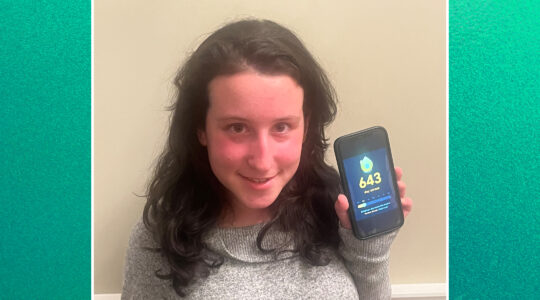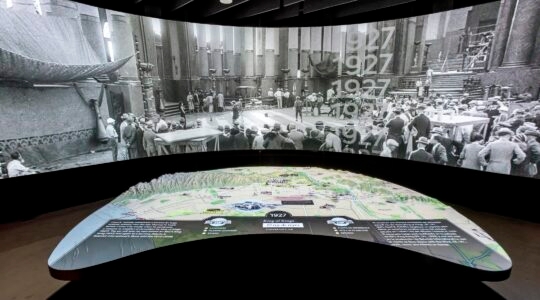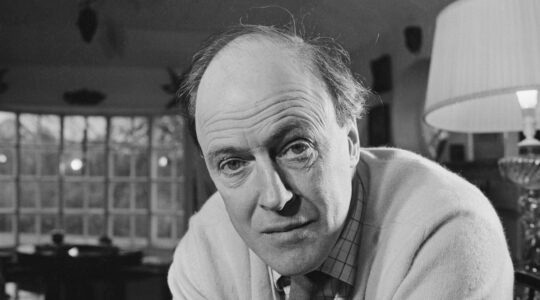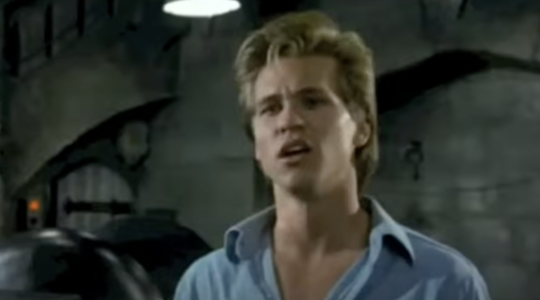In the late 19th and early 20th century Protestant Christians made a concerted effort to convert American Jews. Key to this mission was translating the New Testament into Yiddish, the community’s lingua franca. But for Henry Einspruch, the author of the first complete Yiddish translation, the motivation was as much literary as religious. Einspruch, a Jewish-born Polish convert who eventually became a Protestant minister, was a writer and editor steeped in Yiddish literature.
Einspruch’s translation, not published until 1941, gives Der Bris Khodeshe a distinctive Jewish flavor. At the Last Supper, Jesus and his disciples munch on matzah and, in the Book of Revelation, seven shofars are blown instead of seven horns. Even the volume’s illustrations seem designed to appeal to Jews. In one, an old man with a long white beard, a tallit, and a yarmulke reads a book by candlelight. The image places the New Testament in the familiar context of scholars studying ancient texts late into the night.
Der Bris Khodeshe was appreciated in the Yiddish literary world despite its author’s mission. Meylekh Ravitsh, a Yiddish writer in Mexico City, praised the translation and encouraged Jews to read it. “The New Testament [is] one of the most important books in the world. How, then, can we Jews afford to ignore it?” And with details like matzah-munching disciples and shofars ringing in the air, why would they want to?
JTA has documented Jewish history in real-time for over a century. Keep our journalism strong by joining us in supporting independent, award-winning reporting.





